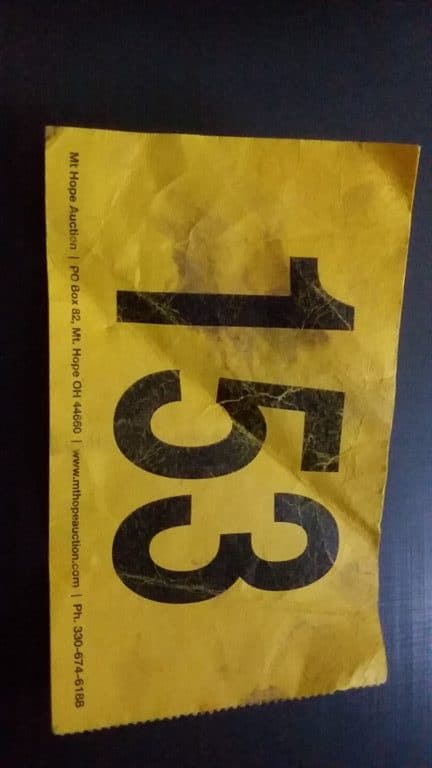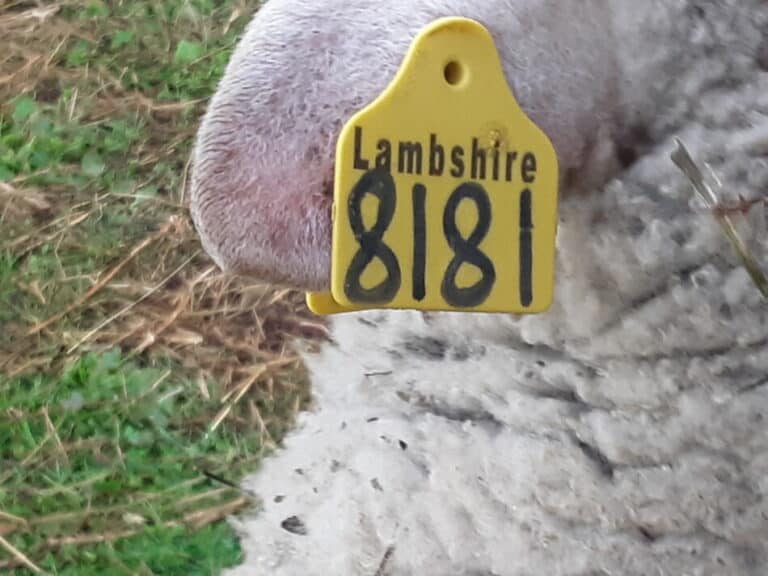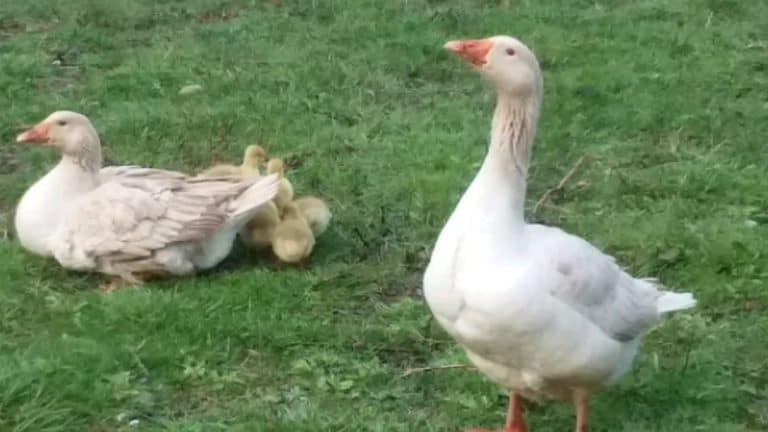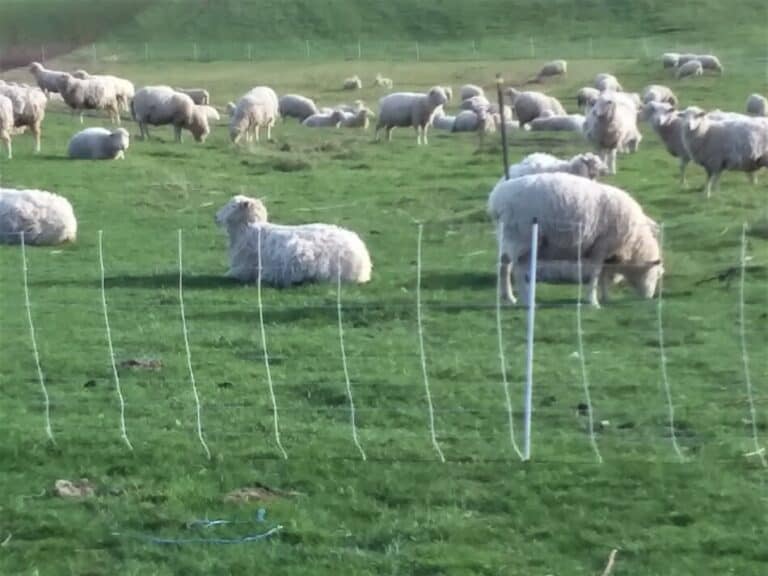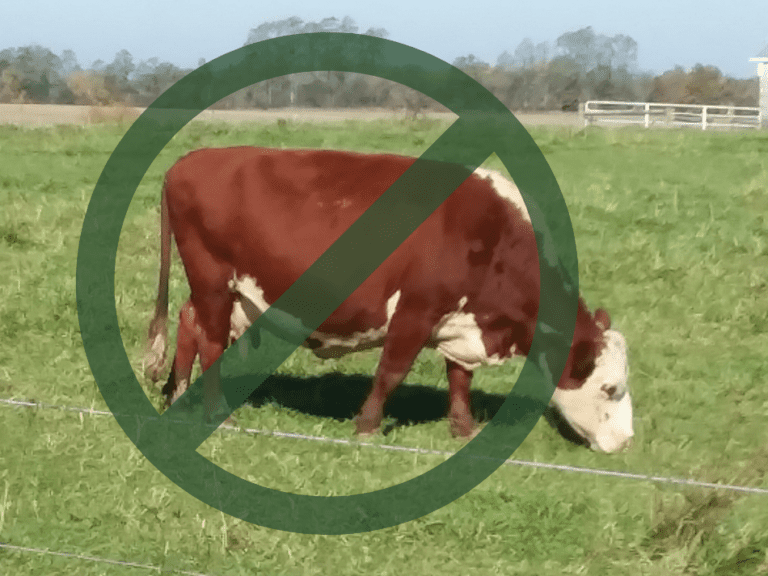1st Or 2nd Cutting Hay? Differences All Hay Buyers Need To Know
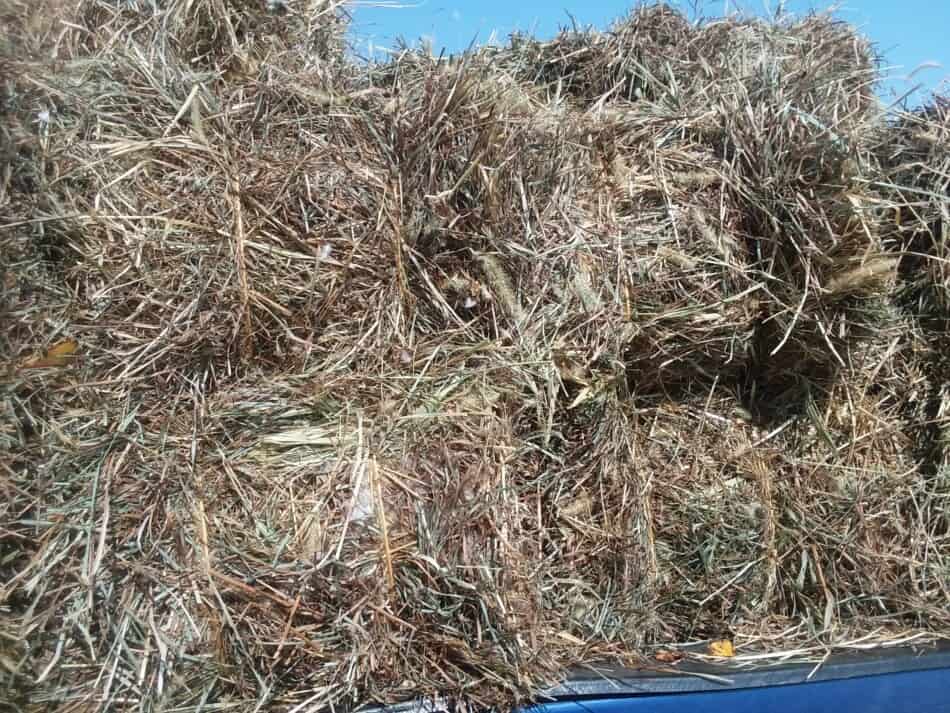
If you’ve got livestock, you’ll need to buy some hay. But…knowing what to look for when buying hay can be confusing!
What exactly are you looking for to tell the differences between first and second cutting hay and why does it matter to you or your animals?
First cutting hay is the first hay crop of the year off of a field. It has high volume but can be lower in nutritional value, if made when the plants are overly mature. Second cutting hay is the second hay crop off of a field, which is lower in tonnage but generally higher in quality.
Both first and second cutting hays can be great for your animals or not so great. It depends upon how and when they were made and how the bales were stored.
The good news is that you can tell a lot about hay by looking at it and smelling it. Really, it’s that easy.
7 Tips To Choose High Quality Hay goes into more detail.
| High quality hay characteristic | How you can tell |
| Green color, deeper green in 2nd cutting | visual inspection |
| Great smell | smell the bale (you may need to break it open to tell) |
| No dust or mold | both smell and sight, especially when bale is opened |
| No seed heads | look closely, seed heads equal lower quality hay |
How Many Bales Of Hay Do Your Sheep Need? will show you how to figure out your hay needs to feed your stock.
First cutting hay is more commonly available
Aside from the fact that first cutting is just that, the first time a field of hay is cut for the year, first cutting hay is mainly known for being the largest cutting off of a field in terms of volume.
The bales or tons in a first cutting will equal more tonnage than any of the other cuttings of hay, even from the same field.
Since there is more first cutting made than any other cutting, there will also be more first cutting hay available for purchase than any other cutting.
What Is First Cutting Hay? will give you more details, if you are interested.
First cutting hay has more tonnage
The reason that first cutting hay has more tonnage per acre is that at the time the plants are cut, the leafy growth is actually older than the leafy growth of a second cutting hay.
This is due to the daylength during the growing period, not anything the farmer did or did not do with the management of the field.
Since the leaves and stalks of the plants are older at the time of mowing, they will also be taller and have more weight and volume per plant.
The down side of the daylength effects on first cutting hay is that it is more likely than second (or later cuttings) to have seed heads, meaning it was cut at too late in the maturity of the plant to be of high value as a livestock feed.
This circles back to the plants being older at the time of mowing and to the weather usually being wet at the time of making first cutting hay.
Delays in harvesting first cutting hay lower hay quality
If it is wet, in the field or it’s due to rain in the next few days, most farmers will delay harvest in hopes of a better window of weather.
Unfortunately that weather delay does not always allow for the hay to be harvested at the time of highest nutritional value to the livestock that will eat it.

You can tell a first cutting that is made late by looking for seed heads. If you see seed heads you know that the hay was overly mature when it was cut. This means it has lower feeding value for your animals.
Overly mature first cutting hay is really better suited for bedding or mulch than for feeding your stock.
Second cutting hay is higher in nutrition
Second cutting hay is generally higher in nutritional value to the livestock that will be eating it. This is for two reasons, time of year and regrowth of the plant.
Second cutting hay is made later in the year, when the weather is more likely to be cooperative. Not always, of course, but more likely!
Additionally, second cutting hay is harvested when the plant is younger. This means the leaves and stems are finer, making them more palatable and of higher feeding value to your animals.
For more information, read What Is Second Cutting Hay?
Second cutting is not “better” than first cutting
It is commonly said that second cutting hay is better than first, I disagree. Sometimes it is and sometimes it isn’t.
The difference in which hay you should get is pretty easy to figure out when you take into consideration what your animals actually need.
High energy need animals, like lactating moms or growing babies, need a high quality second (or third) cutting hay. Maintenance animals (low energy needs) will do great on a nice first cutting, instead.
For example: if you have a herd of brood cows that are a few months off of calving, a nice first cutting hay is perfect. Second cutting hay is not what they need right now.
Now, when these gals have their calves, they do need the higher nutrition and palatability of a higher test hay like a well made second cutting, as will the calves. But until then, the first cutting is just fine.
Another case of first cutting being preferable is if you have maintenance animals, like a few goats for pets.
Give them a nice first cutting hay rather than a higher value second cutting. This will keep them happily eating, yet hopefully not getting overly fat!
For animals with high energy needs, go with second cutting hay
Any animals that have a high energy need must have a nicer second cutting type hay available, unless they are on plentiful grass.
For this group of animals, second cutting hay is definitely better! It will be tough to find a first cutting hay that will provide this group will all of the energy they need.
The blanket statement that second cutting hay is always better is not the case. For some animals second cutting is best, for other animals and situations, a high quality first cutting hay would be the better option.
First and second cutting hay can come from the same field
First and second cutting hay (and any additional cuttings) can come from the same field. In our area, Ohio, it is common to get multiple cuttings of hay off of one field per growing season. Not all areas of the country are like this.
Even thought the hay came from the same field, it will look a bit different while growing and in the harvested bales.
Since it is more likely to be hotter and dryer when the second cutting hay was growing, this will favor the plants in the field that prefer these conditions.
The main differences are simply growth period related, meaning that orchard grass plant had quite a bit more time to grow and develop from the start of spring until first cutting, than from first to second cutting.
In this case, you would see that the amount of orchard grass in the first cutting hay will be more pronounced than the amount of orchard grass in the second cutting hay.
This is because orchard grass comes on strong in the spring but does perform as well in the regrowth, mainly due to heat.
This is the same for all of the species in the field. Differences will show up in the final mix of plants that end up being baled off of that field for the year.
Not all hay plants will produce a second cutting
Some areas of the country do not grow a second cutting hay, they get one cutting per season. This is normal in low rainfall areas of the country, like Wyoming.
In other cases, where the growing season will allow multiple cuttings, the choice of plants growing in the field may not.
For example, we like to seed in oats as an initial crop on a field that is being redone. The oats come on early in the spring weather and provide shade for the hay seedlings that are planted underneath.
The oats will not regrow once they are cut for hay, since oats are an annual plant.
The hay seeding that the oats are protecting will regrow when it is cut, but at the time of the oats being harvested for hay, the new seeding hay is small and still working on growing a root system to use later in the year.
Most plants and fields used for hay would produce multiple cuttings of hay if the circumstances allow. The vast majority of hay in our area is multi cutting and perennial species.
Planting annuals for hay is not the norm, but it is an option.
Some farmers find that an annual hay crop fits their production schedule well, or an annual hay crop can be planted in the case of the planned crop not coming up, for instance in a part of the field that floods in the spring.
Both first and second cutting hay need stored inside
All of your hay needs to be stored under roof, unless you are willing to have and pay for a significant part of the bale to be waste/ruined.
Round bales that are stored outside will loose a large portion of their nutritional value. The outer 6-8 inches of hay will be wasted when the bales are stored outside in a rainy/humid area.
Not all areas of the country get the summer rains, but if you do that hay must be stored inside or you are buying quite a bit of waste for the same price as the hay you will be able to feed.
Hay will store for 2 years
You can store your extra hay for an additional year, but not more than that. Good news for anyone with a bountiful first cutting!
While hay does lose some quality in storage, as long as it is kept out of the weather, it will hold nutritional value through 24 months.
Hay typically loses only about 5 percent of its original dry matter during the first year of storage—assuming that it is kept in a dry environment, not exposed to direct sunlight or precipitation. Beyond that time frame, further losses of dry matter, protein and energy are negligible, so hay that is 12 to 24 months old will have nearly the same protein and energy value as hay that is six to eight months old.
Les Vough, PhD article in Equus “Is your hay too old to feed?”
This is great news for anyone with the ability to buy extra hay for the year, especially at the end of the hay feeding season.
Sometimes hay growers don’t get all of their bales sold before the grass starts coming on and people stop buying as much hay. Or they just want to get the barn empty before the hay season starts again.
Either way, good hay can be purchased and kept for the next winter with good results, as far as the feeding value of the hay.
You can tell when hay is of low nutritional quality
The easiest way to tell if hay is of high quality is to smell it. Sometimes you can smell the hay while it is in the bale, other times you’ll have to pull some of the hay out.
Or, in the case of small square bales, cut the strings and see and smell what the flakes of hay are actually like.
Sometimes the outer edge of the bale will bleach out. This is from being in the sun. Open the bale and see if the bleaching is on the surface or if it goes though the whole bale.
Surface bleaching is not a big deal, bleached clear through the bale is far more serious and shows low nutritional value of the hay.
Here’s a detailed article on determining Hay Quality from UNH Extension, for anyone who likes to dig into the specifics.
Rained on hay has lower nutritional value
Hay that has been rained on before it was baled, has reduced nutritional value. Even if the hay was cut at the ideal time and dried well up until the rain, once it gets rained on it loses feeding value for your animals.
Depending upon what you need the hay for and how severely the hay was damaged due to the rain, it might still be okay to feed to some of your maintenance animals.
Your animals will let you know right away if they like they hay or not. Test out a bale or two and see how it goes. If they do well on it and are at a reproductive stage where their needs are minimal, rained on hay may be fine.
When the spring grass is growing very quickly, it has a lot of water, but not much fiber. This would be a perfect use of rained on hay.
Put some out for your animals to eat if they feel they need it to balance the really nice green from the pasture. If they need it, they’ll eat it. If they don’t, they won’t.
Not so great hay makes good bedding
If the rained on hay looks like straw, very bleached out and yellow or tan, use it like straw.
Don’t expect your stock to do well eating junky hay, but they will do just fine standing on junky hay. Especially when the price of straw is high!
We use a lot of not so great hay as bedding. It is not as pretty as straw, but I feel it actually works better that the pretty straw as far as soaking up the nutrients in the manure and urine.
I prefer to use straw and buy it when we can, but if junky hay is what we end up with, that’s what we use.
First cutting hay can get a bad reputation, this is undeserved. Well made first cutting hay is one of the most versatile feeds you have available for your animals. A really nice first cutting hay is packed full of goodness for your stock.
Let me start by saying that high quality hay is great for your animals, low quality hay isn’t, regardless of whether it’s first or second cutting hay that you are using.
So where does the bad rep come from? It comes from the not so well made first cutting hay, which can happen a lot, especially in a rainy year!
